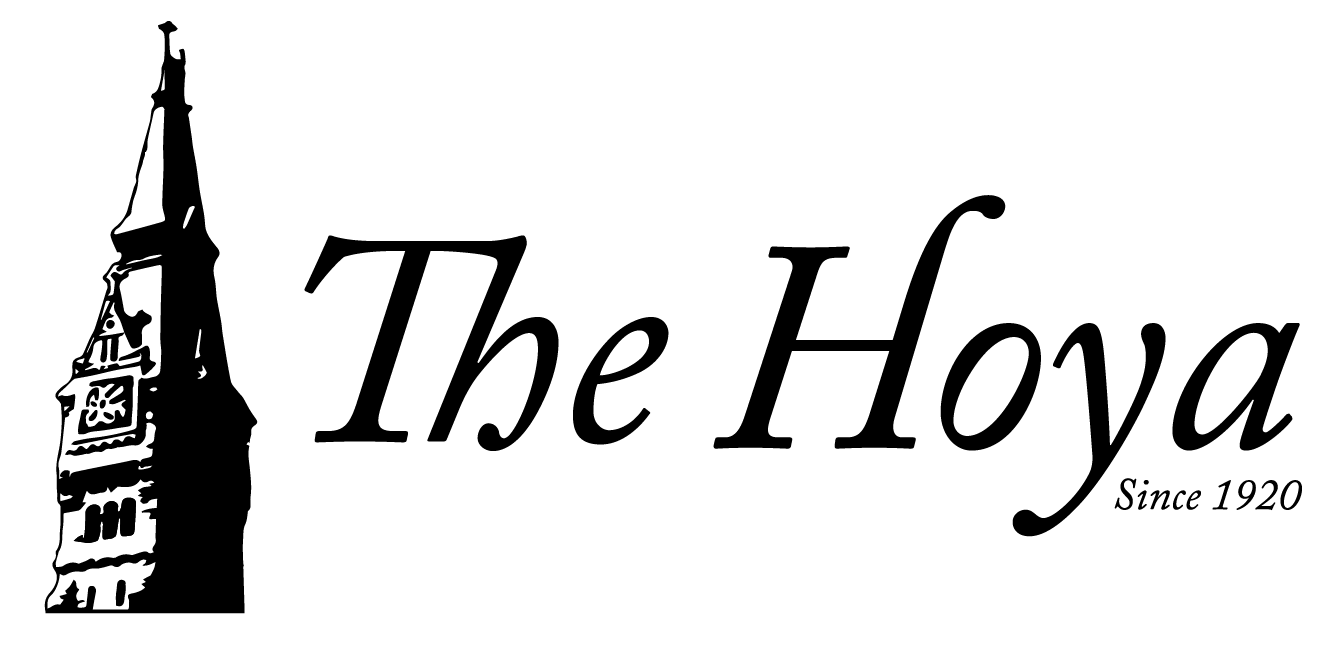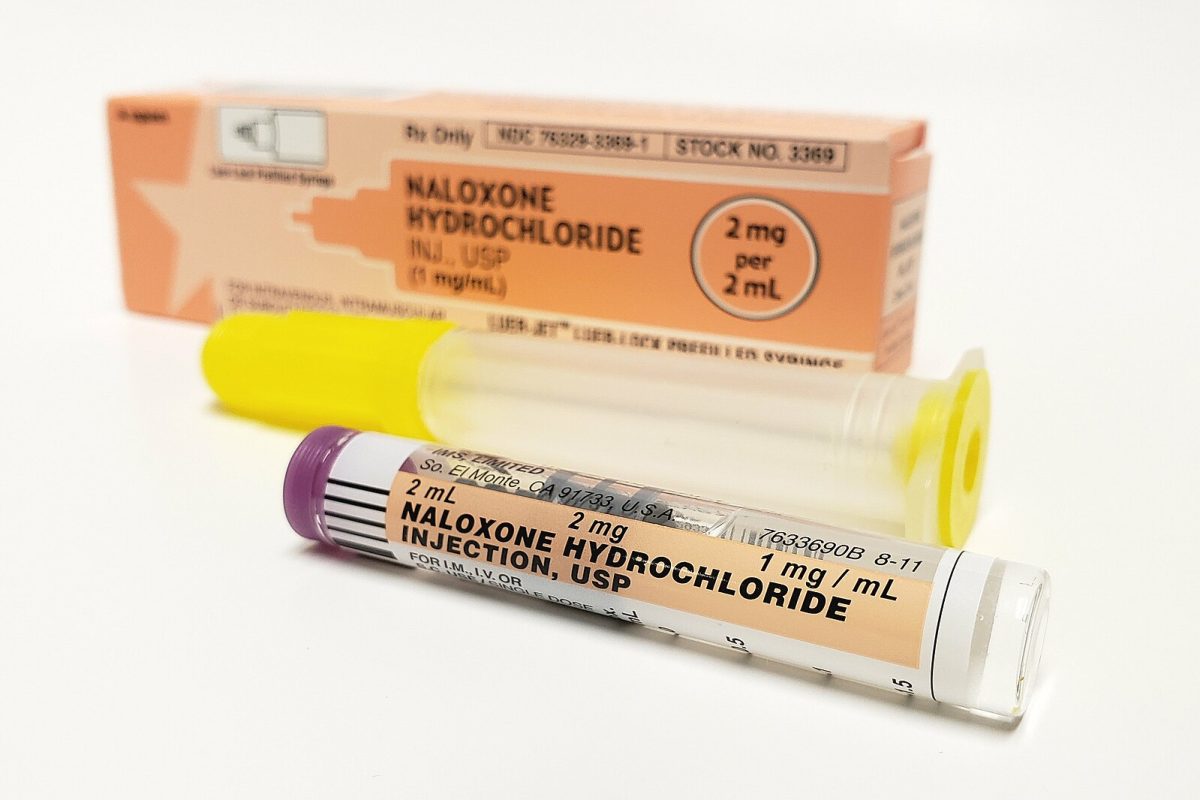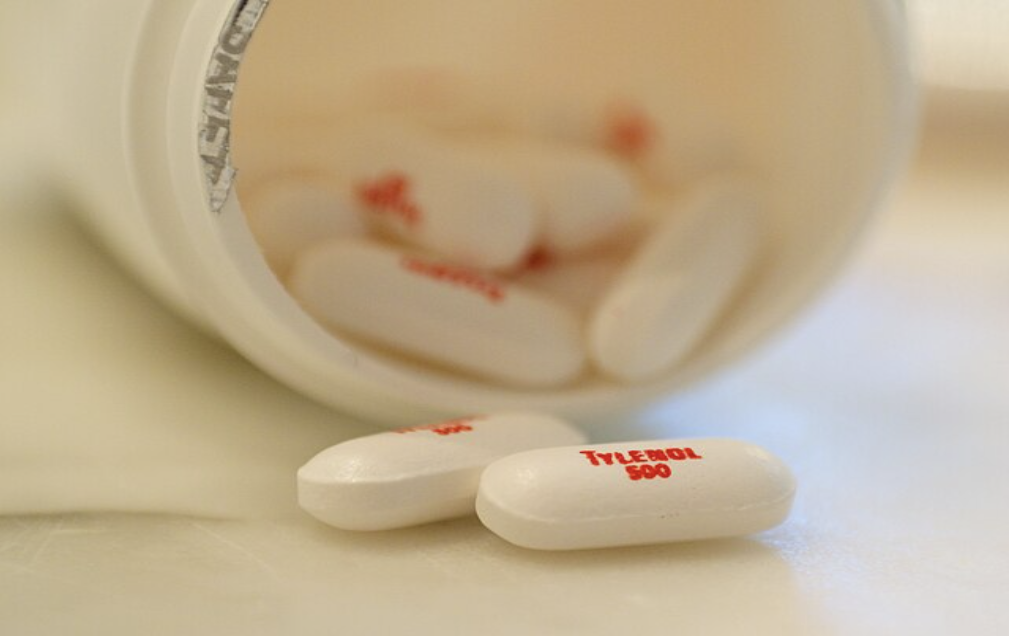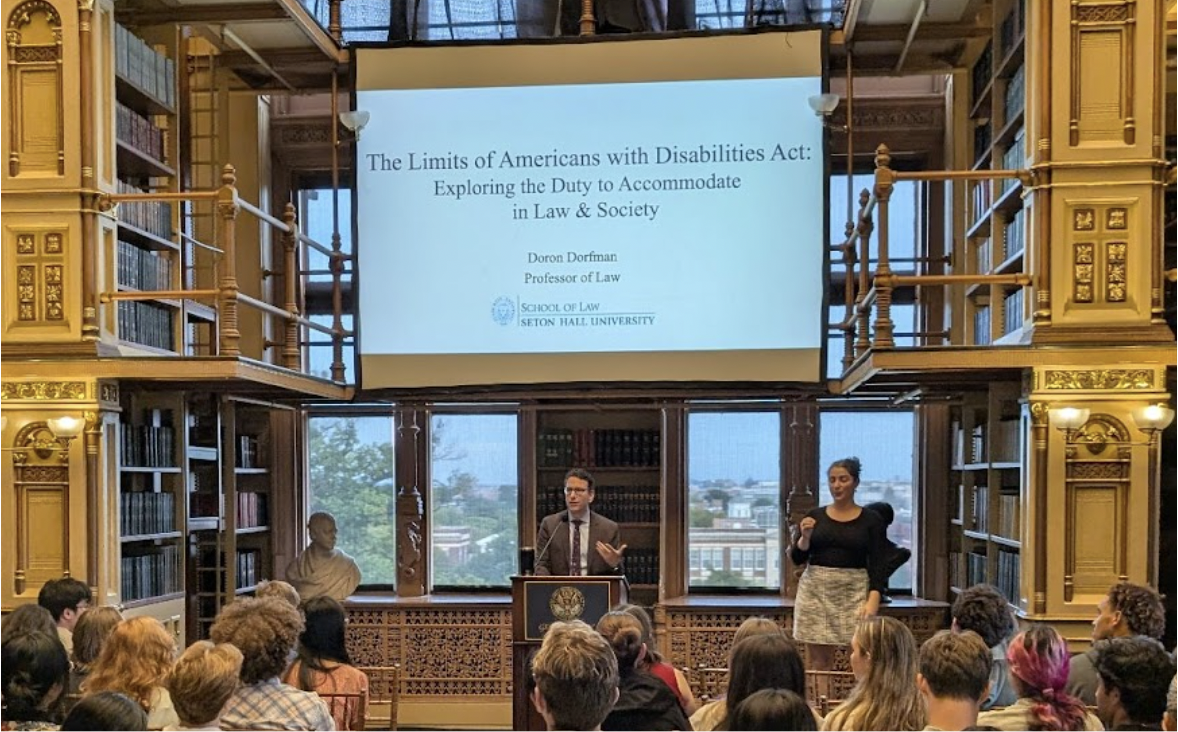International Overdose Awareness Day (IOAD) marked global attention for increased awareness about substance use emergencies on Georgetown University campus and beyond Aug. 31.
The first International Overdose Awareness Day began in 2001 in Australia and has now spread to more than 40 countries. For the past four years, Georgetown has hosted naloxone distribution programming for IOAD.
To support students and the greater Washington, D.C. community, the university hosts a master’s program in Addiction Policy and Practice, a multidisciplinary program dedicated to educating future leaders about addiction policy. The program has developed training with HoyaDOPE and distribution sites of free naloxone at locations around campus, such as the Student Health Center.
Regina LaBelle, director of the program and of the Center for Addiction Policy at the O’Neill Institute for National and Global Health, an institute at the Law Center working to use law to identify solutions to health issues, said IOAD helps remind people of the issue of substance use disorders.
“Overdose Awareness Day is important to make certain that people in the U.S. and around the world remember those we have lost to overdose, while also understanding how they can prevent future overdoses,” LaBelle wrote to The Hoya.
Although overdose numbers have been dropping, Black men are still disproportionately affected, and healthcare professionals have identified these as preventable deaths.
LaBelle said that efforts to prevent overdose deaths should continue.
“While overdose death rates have come down in recent years, from over 100,000 to approximately 80,000 — each overdose is a preventable death,” LaBelle wrote. “There is more that we all can do to prevent overdose deaths.”
Jacob Lignell (GRD ’26) — a master’s student in Addiction and Public Policy and the co-president of Hoyas for Recovery, a club that aims to support students recovering from substance use disorder — said college students are especially vulnerable to the risks of overdose.
“For college students, I feel like they have an extra level of stigma associated with use and everything, because people believe that they’re almost invincible because they’re only 20 years old,” Lignell told The Hoya. “They don’t really understand that there’s dangers with this.”
Lillian Spear (MED ’28) — a coordinator of HoyaDOPE, a student organization that works to provide naloxone trainings and distributions — said it is important to know the signs of overdose.
“When it transitions into that overdose period where you really want to get them help and administer that naloxone, is when they’re unconscious and unresponsive, they’re going to have a deep, gurgling breathing sound,” Spear told The Hoya. “It’s going to really sound like they are having trouble breathing, and then your fingertips, their lips, those areas might be turning blue, gray, purplish.”
Known by its brand name Narcan, naloxone treats opioid overdoses through injection or nasal spray, attaching itself to the same receptors that opioids bind to.
Spear said naloxone binds more strongly to the receptors than opioids, so it can “knock off” the opioids already bound, reversing an overdose.
Naloxone is available for free at participating pharmacies across the District, at Georgetown’s Office of Neighborhood Life and at other on-campus sites. For IOAD, the D.C. Department of Behavioral Health, which provides services for people experiencing mental health issues or substance use disorder, promoted overdose prevention tools and, on the Law Campus, HoyaDOPE and the O’Neill Center ran a Narcan training and distribution session.
After a National Survey on Drug Use and Health about undergraduate students and substance use disorder in 2021, Lignell said Hoyas for Recovery has increased their support for students.
“That’s kind of the mission of our club is just to plant seeds in college students’ heads that help is here,” Lignell added. “They might not utilize it in the moment, but when they are ready, we’re always going to be there.”
Spear said that, although naloxone is an important resource, there is still more to be done on the institutional level to prevent overdoses.
“We really need to address the underlying institutionalized issues of addiction and having those social services and the support,” Spear said. “The way we do that is by reaching out to our legislators and our congressmen and really advocating for that, and the National Opioid Awareness Day is a great way to do that, and a great way to remind everyone of this issue.”





